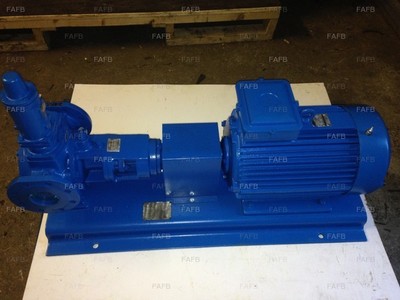
View all banners
FAFB will never call you and ask for your credit card details over the phone. If this happens, hang up!

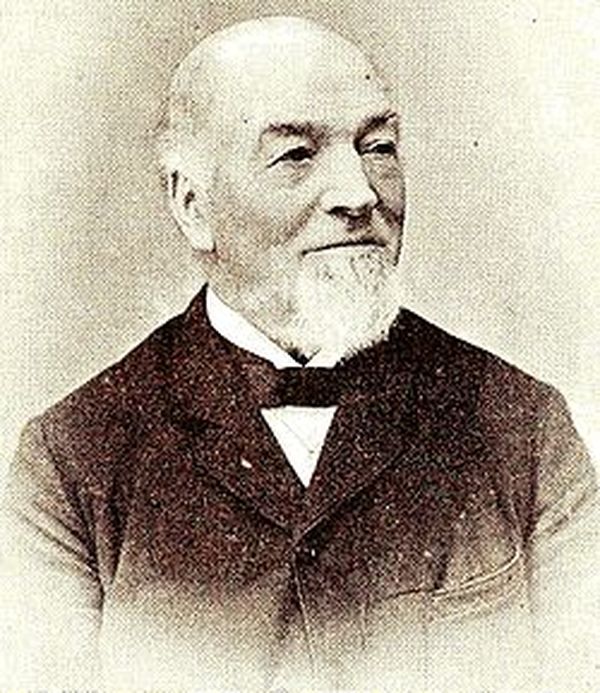
Stork marine engines have a good reputation in the market and offer a good quality product in medium and high-speed propulsion, often across a specialised commercial market.
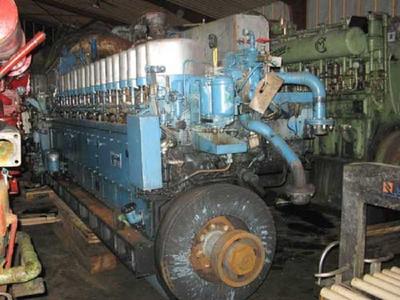
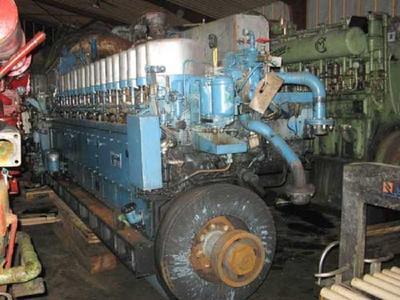
The history of Stork Diesel engines is a convoluted one and manages to incorporate a vast number of amalgamations and acquisitions by various multi-national companies so this could be a choppy ride.
The inception of Stork as a company is in itself a complex story and involves a man by the name Charles Theodoor Stork. A Dutchman, Stork remains the youngest entrepreneur in the Guinness World Book of Records who, at the age of just 13, spotted a gap in the booming textile industries of the Netherlands and, borrowing money from his father to buy three looms, established C T Stork & Co in 1835.
The business expanded in the 1860’s into the engineering world and in 1865 the company became Gebr. Stork & Co. and began to expand into steam engine production.
At the 1878 World Fair held in Paris, Stork won an award for an innovative horizontal compound steam boiler which initiated a period of growth as the company began to take international orders. By 1880, Stork had established a network of dealers across the Netherlands mainly serving the steam engine production side of their business (though they had begun to expand into hoist manufacture). Known as an innovative and socially responsible employer it is little surprise that the company was the first Dutch company to provide its employees with a pension fund.
As the business began to grow the partners soon invested in other areas of engineering including several Dutch shipbuilders. By 1918 they had also founded the Royal Dutch Hoogovens and Steelworks (now Tata Steel Europe).
After WWI, Stork enjoyed a period of good prosperity but as the global economy shrank in the thirties, Stork was plunged into desperate financial measures which resulted in big pay cuts and swathes of layoffs. By this stage, the feeling was that Stork had spread itself a little too thinly across too many industries including food production pumps, dredgers, tugs and cranes.
By the time of the Second World War the company was in a better position and benefitted from over the labour of over 500 German P.O.W.’s to serve the demand for its engines. However, by the early 1960’s the company was still struggling to keep up with the change in landscape of the marine markets and was forced to merge with another Dutch firm, Werkspoor. The company was renamed United Machinefabrieken (VMF) now boasted 10,000 employees.
However, the merger was not an instant success and VMF began to stagnate badly, making a number of poor acquisitions including that of Bronswerk in 1968 (part of the bankrupt shipyard, Wilton-Fijenoord).
It wasn’t until the 1970’s when the two companies floated on the stock market and began to focus on the production of diesel engines that the future of the business began to look more settled. Now trading as Stork Werkspoor B.V the company enjoyed a period of success before another merger occurred.
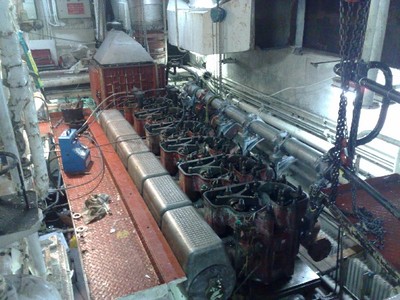
Established in a small provincial town near the Finnish border with Russia in 1834, the company originally started in the sawmill and ironworks industry before expanding into the shipbuilding market during the early part of the 20th century. Acquiring a workshop in 1936 and beginning production of their first diesel engines, under license in Finland, in 1942 the company began a period of rapid growth as it began to dominate the marine markets.
A major shipbuilder in Finland (1935-1989), Wärtsilä built much of the global market’s fleet of icebreakers and cruise ferries during this period but have since sold their shipyards to Meyer Werft.
In 1989 Wärtsilä Diesel purchased the majority holdings of Stork Werkspoor B.V and became known as Stork-Wärtsilä Diesel B.V. At the same time, the company also acquired the French high-speed diesel engine manufacturer, SACM. By 199 Wärtsilä had bought out the remaining shares in Stork Werkspoor as well as Italian engine production company, Grandi Motori Trieste SpA
Today, the brand of Wärtsilä covers a mass-market share of the marine industry and services larger vessels from naval boats to cruise and ferry ships as well as the merchant specialist vessel markets. Their main rivals are Caterpillar Inc, Rollys-Royce Plc and MAN Diesel & Turbo.
They are a company with many strings to their bow and offer everything from ship design to engines, propulsors, rudders, scrubbers and boilers as well as auxiliary power systems and electrical packages. They support their products with a range of related services from maintenance and repair through to training and field-support across their network of distributors.
With its headquarters in Helsinki and employing over 18,000 people across 70 countries the company has come a long way from its humble beginnings in the little town of Vartsilla. The company has absorbed a vast number of companies along its march to the dominant position it now holds and can be viewed as, less the success of a single company but rather the collaboration of the work of dozens of smaller businesses from across the world.
Here at findafishingboat.com our advertisers sell a range of marine engines from Stork to Caterpillar and everything in between.
